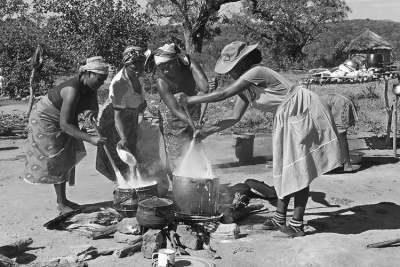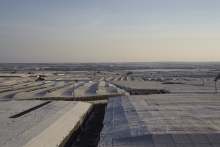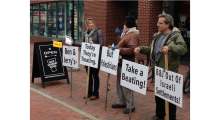For the last three years The Gaia Foundation, a not for profit organisation working on issues of ecological justice, has been compiling an ambitious photographic initiative to “Celebrate and share the stories of the small-holder farmers who produce over 70% of the world’s food.”
The resulting exhibition, We Feed the World, captures the triumphs and tribulations of the smallholder farmers and fisherfolk who bring food to the plates of hundreds of thousands of people every day.
We Feed the World was first conceived in 2015 by project director Francesca Price. She was increasingly frustrated with the common misconception that we need agribusiness and an industrial food system to feed the world. With evidence from the UN Food and Agriculture Organisation showing that smallholder farmers produce over 70% of the world’s food (on just a quarter of the land), she felt it was time for a rebranding of who really feeds the world.
At the very heart of We Feed the World are the farmers themselves; their communities and their stories. Through these stories we try to show a true picture of the challenges facing small-scale farmers today, but also their incredible commitment and success with agroecological and regenerative farming practices. It would be these threads of commonality in farmers’ stories that would connect them from Bolivia to Benin.







